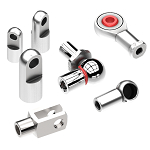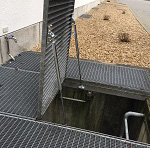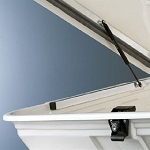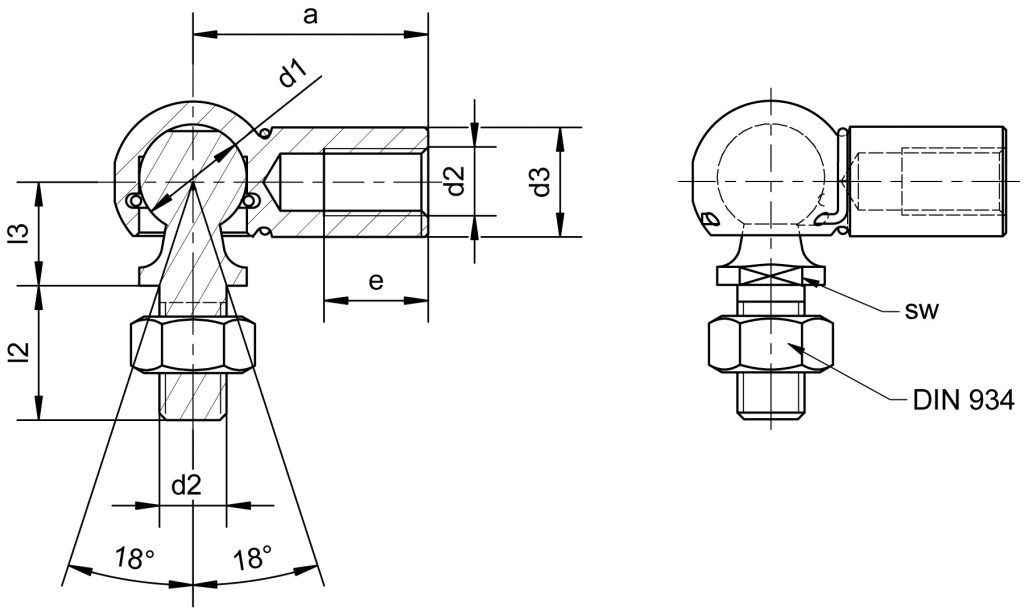Call Us: +0031 (0)541-520044
Email:
info@winco-easylift.nl
Your Company Address
Zutphenstraat 69, 7575 EC Oldenzaal, The Netherlands
Call Us: +0031 (0)541-520044
Email:
info@winco-easylift.nl
Your Company Address
Zutphenstraat 69, 7575 EC Oldenzaal, The Netherlands
Replacing a gas spring and installing a new one, you can easily do this yourself. There are, however, a number of things that you should take into account. Below we would like to give you a number of tips for mounting gas springs.




If you need to replace a gas spring and mount a new one, you can do this fairly easily yourself. Let’s start by saying that, for your own safety, it is not recommended to adjust gas springs yourself by drilling, sawing or welding. Gas springs are under a lot of pressure due to the nitrogen present. This is also the reason that the springs must not be opened or heated under any circumstances. Although our gas springs are sturdy, it is important that you handle the piston rod of the spring with care. If it becomes damaged, the gas can escape from the spring, which will cause it to malfunction. Wherever possible, it is best to mount the gas spring with the piston rod pointing downwards. You can then loosen the existing retaining spring and it can be reattached after installation. Then remove the safety clip. You will also have to reapply these after installation. Replacing a gas spring is therefore simple in principle, but there are a number of things that you should take into account. Below we would like to give you a number of tips for mounting gas springs.
You can always contact us for additional information regarding our products and / or services. If you need on-site advice, we would also be happy to visit you for direct advice.
